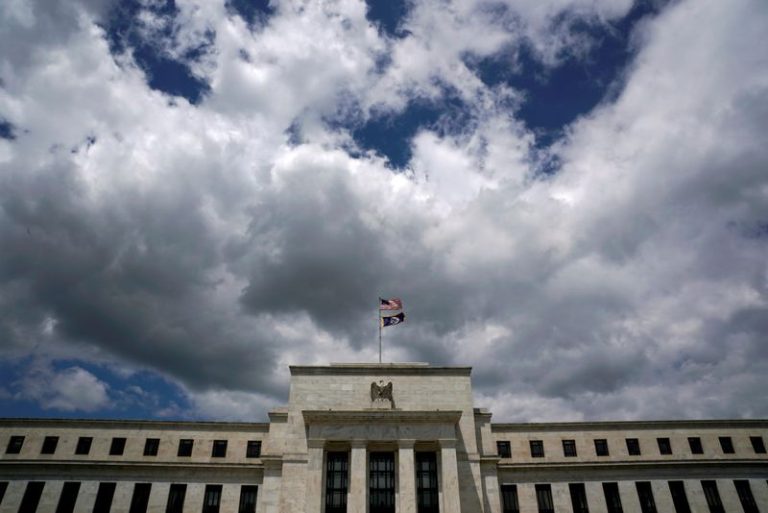Investing.com — Markets may be ignoring an important lesson of 2019, according to Goldman Sachs.
The Wall Street bank said in a note that the upcoming January Federal Open Market Committee (FOMC) meeting is unlikely to provide substantial new information. Its strategists believe that the statement may acknowledge stabilization in the labor market but is unlikely to offer clear guidance on the March meeting or the schedule for future rate adjustments.
“We will listen for hints about whether the further decline in inflation we expect in coming months could open the door to rate cuts, how strongly the leadership feels that the current level of the funds rate is still “meaningfully restrictive” and not an appropriate stopping point,” strategists said in a note.
Moreover, they also look forward to hearing about how the FOMC plans to navigate uncertainty around potential tariff hikes and their potential impact on prices.
Looking ahead to 2025, Goldman Sachs maintains an optimistic economic outlook, expecting progress toward the 2% inflation target, a modest recovery in labor market conditions following a softening in 2024, and GDP growth that exceeds consensus forecasts.
The bank expects the forthcoming inflation reports to show a continued decline in the year-on-year rate. Under the economic conditions forecasted for this year, Goldman Sachs believes that rate cuts would be reasonable, though not imperative.
The FOMC’s decisions, according to Goldman Sachs, will largely depend on how the Committee handles tariffs. The bank’s base case assumes that tariffs will only modestly boost inflation by 0.3 percentage points, which would not necessarily lead to an inflation increase and could leave room for rate reductions.
Still, FOMC members may be hesitant to lower rates due to uncertainties or concerns that their actions could be blamed for any inflationary impact from tariffs.
The Wall Street firm has reviewed transcripts and analyses from Fed meetings during the 2018-2019 trade war to draw insights into how the FOMC might respond to current conditions.
Firstly, the bank found that Fed staff and FOMC members previously had a relaxed view on the impact of tariffs on inflation, similar to Goldman Sachs’ current stance.
Moreover, the staff’s estimate of the GDP impact from the larger tariff proposals was significant and exceeded that of Goldman’s.
Also, although the FOMC eventually decided to cut rates, some members were doubtful that the effects of tariffs warranted a monetary policy response.
For the current year, Goldman Sachs forecasts two rate cuts of 25 basis points each in June and December, with an additional cut anticipated in 2026, based on the expectation of continued inflation decline and a robust labor market.
But the firm emphasizes that it’s difficult to predict the exact timing of these cuts, due to economic forecasts and uncertainties surrounding the FOMC’s approach to tariffs.
“We have more conviction, however, that market pricing as a probabilistic statement about possible Fed paths in coming years is too hawkish, and in particular that the market-implied probability of rate hikes is too high,” strategists added.
They feel skeptical that new administration policies will be inflationary enough to prompt the FOMC to consider raising rates from what it already deems a restrictive level.
“We worry that the lesson of 2019—when tariffs unsettled the equity market and contributed to the FOMC delivering “insurance cuts”—is being ignored,” the team concluded.

